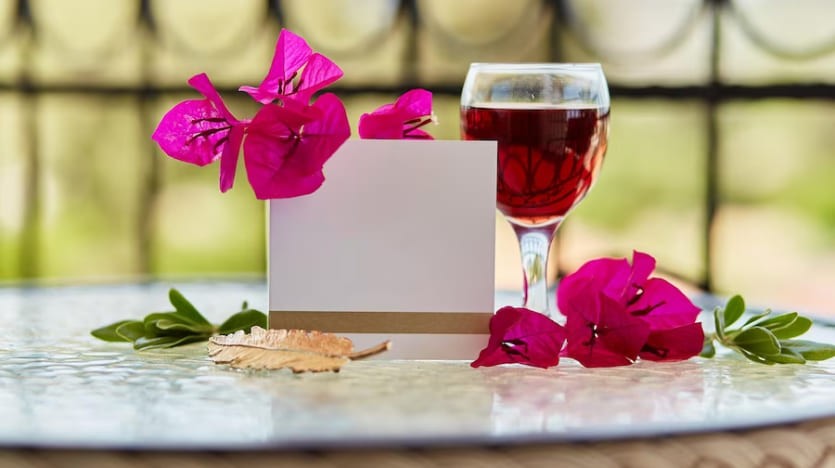
Grape News From France
JANUARY 19, 2024

In Praise of Cheap Wine
JANUARY 17, 2024

Champagne: The Wine of Celebration
JANUARY 16, 2024

Wine Merchants Old and New
JANUARY 14, 2024

Wines of the Rhône
JANUARY 13, 2024

Alice Brinton
|GOOD TASTE 2013
Everyone in the wine community here in Burgundy agrees: the 2012 vintage will be slight in terms of volume thanks to inconsistent weather and a generally humid summer which engendered diseases on the vine. As if to compound the problem, drought was also a problem in some areas with the Chablis region experiencing its hottest August since 1976! But the good news is that low yields have favoured the maturity of the grapes, which have a good concentration of sugar and look fairly healthy despite all the season’s earlier complications. In areas where the climate hit hardest, selection and sorting are paramount.
The Cote Chalonnaise was relatively spared by weather and disease and wine producers are almost euphoric at how mature and healthy their crop has turned out. Moreover, well-maintained acidities promise balanced, concentrated wines. So think ahead to Rully, Mercurey or Givry – which are always great value for money compared to their more illustrious (and expensive) Northern cousins – for good 2012 drinking. Certain villages, such as the Cotes de Beaune will see their red wine grape harvests at a historical low which will, of course, push up prices for this vintage. It will now be up to individual growers to work their magic and alchemy in their cellars to turn their grape juice into memorable wines for our future delectation.
A Legacy of Wine Production
If Bordeaux stands for large estates and itinerant, peripatetic Chateau ownerscum- growers, Burgundian winemakers have their feet solidly anchored in their soil or “terroir” as they refer to the particular plot of earth on which their vines are planted. From Chablis in the North to Macon in the South, Burgundy produces less than a quarter of its Bordeaux rivals. Although this region makes arguably the finest white wines in the world as well as a great number of its reds, no vast estates dominate. On the contrary, Burgundy is made up of relatively small holdings run by winemakers who regard themselves first and foremost as farmers. These winegrowers have a powerful attachment to the land of their ancestors. Their small, familial operations often stretch back several generations and consist of no more than 12 or so hectares of vines spread over several villages, employing two or three people outside of the family and thus making foreign ownership pretty rare.
In terms of a globalised economy this way of doing business looks like an anomaly that has no future. This is far from the case. Burgundy may be a stubborn aberration from the point of view of a liberal economic model, but it works. Small holdings and family concerns aside, most Burgundian winemakers are by no means diehard traditionalists when it comes to the evolution of wine-making techniques and oenological practices which have greatly enhanced the production and excellence of their wines. Indeed, many of the new generation have studied, travelled abroad and learned to adapt and invent new strategies of wine production in order to preserve an essential link with their past. Now more than ever, Burgundy wines are exported worldwide – check Vino Veritas’s extensive Burgundy list.
Looking to the Future
So, can this Burgundian resilience to the global hegemony of “the bigger the better, the more profitable” be maintained? Yes, according to the region’s economic performance, although it might end up being the victim of its own success. Scarcity and rarity means that prices for top-end Burgundies are climbing steeply – the 2008 Romanee Conti sold for an average 4000 euros a bottle – and the region’s best producers can command what look to us humble wine sellers like astronomical prices compared to a decade ago. Moreover handing down the vineyard from one generation to the next has became more complicated and costly because of recent tax laws and then there are the foreign predators – nothing new to Bordeaux but definitely viewed with suspicion and hostility by a large number of of Burgundy’s “vignerons”.
The announcement in the French press at the end of August that the Chateau of Gevrey Chambertin with its two-hectares of vines had been sold to a Chinese casino-owner for 8 million euros caused the collective Burgundian hackles to rise. What used to be the prerogative of British and American investors is now being seized by Asian buyers avid to own something wonderful that they can afford. They’ve been doing it in the Bordeaux region and it was only a matter of time before they set their sights on Burgundy.
But is this so bad for La Bourgogne? Mr. Ng, the chateau de Gevery-Chambertin’s new owner, has turned over the winemaking operation of his new acquisition to the Domaine Armand Rousseau - one of Burgundy’s finest. The chateau’s wine production will now, no doubt, greatly improve, the appellation Gevrey Chambertin will be known to a billion Chinese and with it the wines of Burgundy in general. One man’s gain may be the gain of the whole region.
ALICE BRINTON For a number of years Alice was based in Cairo working for ABC news, the London Times, the BBC and various other news outlets. Alice then settled in France and continued to publish articles in the Sunday Times, Tatler, Saveurs and the London Illustrated News, amongst others. She then began seriously making her abiding passion for wine a working reality by investing in and then acquiring a wine retail business in Cluny. Burgundy is her first love, though her shop – Le Cellier de l’Abbaye - offers a range of wines from all over France as well as a few choice foreigners!!

JANUARY 19, 2024

JANUARY 17, 2024

JANUARY 16, 2024

JANUARY 14, 2024

JANUARY 13, 2024